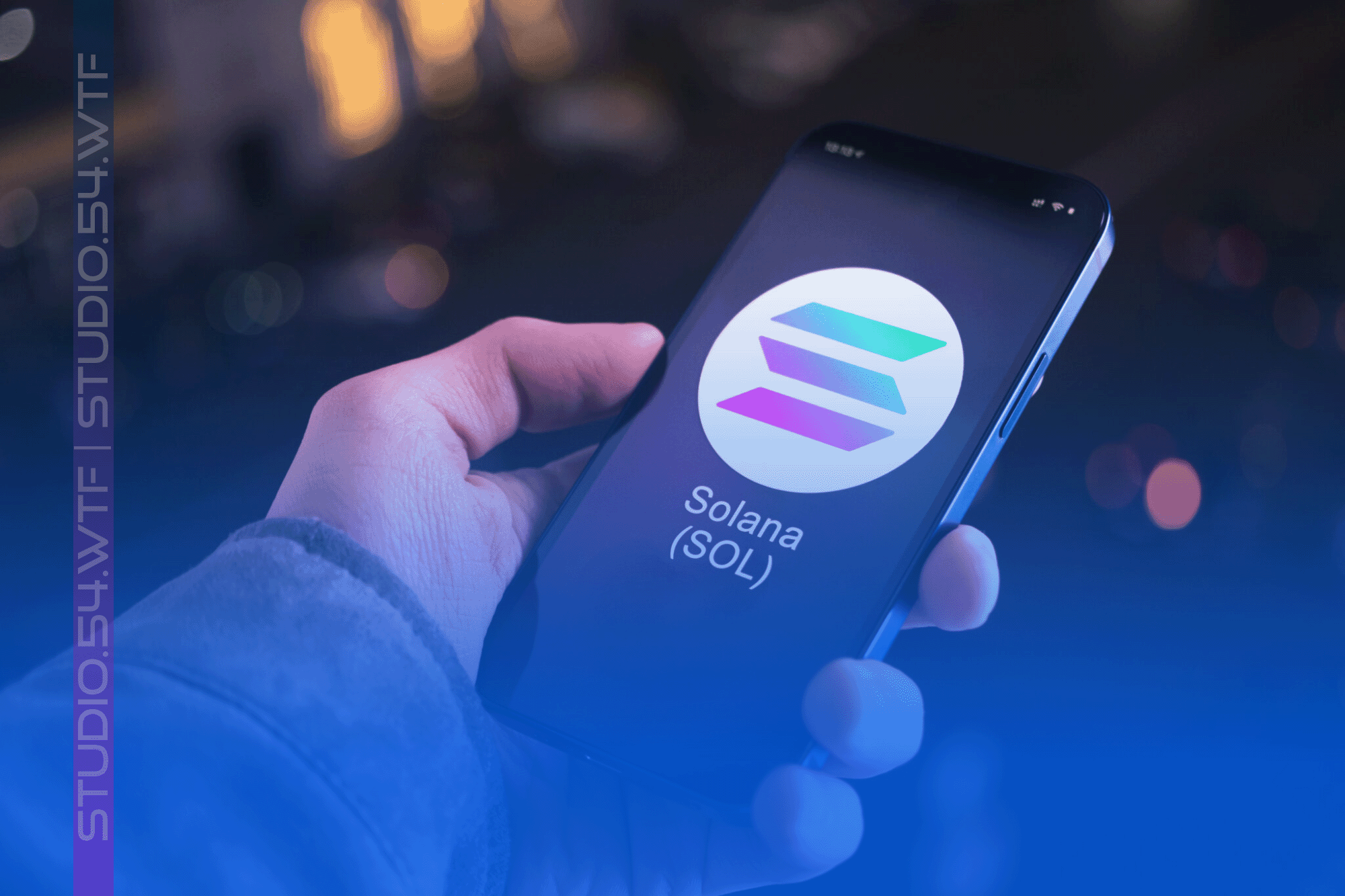
Cube CEO Bartosz Lipinski agreed in a text that having a mobile app is likely to become table stakes for Solana projects.
A month ago, Solana Mobile announced that the Solana Seeker would ship in mid-2025. This will mark the second iteration of the Solana phone experiment. Partly driven by speculation that the phone will come with lucrative token airdrops, Seeker has seen good early returns. The phone has garnered 145,000 pre-orders, Solana Mobile general manager Emmett Hollyer confirmed to me.
What has slipped a bit below the radar is how Solana’s broader app ecosystem is also quietly shifting into mobile. The Solana DeFi giant Jupiter just debuted its mobile swap platform, and Solana-native apps DRiP, Birdeye, and Cube Exchange also have mobile versions in the works.
As crypto attempts to enter a long-awaited era of usable apps, it seems like Solana is having a definitive moment where just about everyone is trying to build a mobile app, or at least thinking about it.
Bartosz Lipinski, the CEO of Cube, agreed in a text that having a mobile app is likely to become table stakes for Solana projects. If blockchain technology is going to become approachable, it needs to “meet users where they are — on their phones,” Lipinski said.
This is all well and good in theory, but the crypto world has known about the need for mobile adoption for a long time. Right now, Solana is on the cusp of having a bunch of apps be released into the wild. DRiP is expected in December, a spokesperson said. Cube’s Telegram app is expected next week, and its iOS app is coming in November. Birdeye’s app is expected soon.
Once these Solana apps are actually out, the question will become whether they can gain any sort of broad adoption. In at least some cases, builders are thinking that adoption may come from one of crypto’s few mobile success stories to date — Telegram.
Cube is releasing a version of its app on Telegram because of the ability to avoid app store approval hurdles and Telegram’s native crypto integration and crypto-native user base, Lipinski told me.
Caitlin Cook, the director of growth at Solana-based mobile app Moonwalk Fitness, said Telegram is good for quick access and more lightweight features, but it also has limitations.
“[If] your product requires deep functionality, a custom brand experience, and more scalability, building a native app for the app store is probs a better strategy,” Cook said in a direct message.
Regardless, Solana mobile app launches are actually here — not just vaguely in the future. The reason behind this seems to at least partly be the continued development of Solana Mobile which, with its grand ambitions and backing from Solana co-founder Anatoly Yakovenko, is leading the way in making crypto on mobile less of a talking point and more of a reality.
Written by Jack Kubinec for blockworks.co